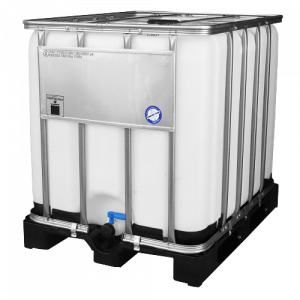Smart heating systems?
Something that’s suddenly sprung out of nowhere so any input would be appreciated.
So, having new windows fitted in just a couple of weeks. This involves moving one bedroom radiator to a new position and replacing it with a larger, modern more energy efficient version at the same time. That means new valves are required for that one anyway, and the conversation moves to smart systems, new thermostat, the question of smart valves throughout, do all rads have to have replacement smart valves fitted and so on?
Initially thought just a smart thermostat with the ability to turn the heating on remotely would suffice, but the option of controlling each room independently would be pretty handy too and I’m leaning that way.
I can nip into Curry’s/PC world and have a shufti but wondered if any of you guys are running smart systems and how you find them, what brand/models etc and if you think a simple thermostat is the was to go or to just get right into going the whole hog?
Something that’s suddenly sprung out of nowhere so any input would be appreciated.
So, having new windows fitted in just a couple of weeks. This involves moving one bedroom radiator to a new position and replacing it with a larger, modern more energy efficient version at the same time. That means new valves are required for that one anyway, and the conversation moves to smart systems, new thermostat, the question of smart valves throughout, do all rads have to have replacement smart valves fitted and so on?
Initially thought just a smart thermostat with the ability to turn the heating on remotely would suffice, but the option of controlling each room independently would be pretty handy too and I’m leaning that way.
I can nip into Curry’s/PC world and have a shufti but wondered if any of you guys are running smart systems and how you find them, what brand/models etc and if you think a simple thermostat is the was to go or to just get right into going the whole hog?

